Download Voting with a Difference, our free, straightforward guide to voting in the 2019 federal election. Pages 27, 39 to 43 and 48 have information about accessibility supports for voting. The guide has all kinds of other useful information, too!
What accessibility tools and services are available for me?
Elections Canada offers many tools and services to make voting in the federal election easier. If you need help during the voting process, you can call Elections Canada, visit any Elections Canada office, or speak to an election worker when you go to vote.
Voting assistance tools and services on election day
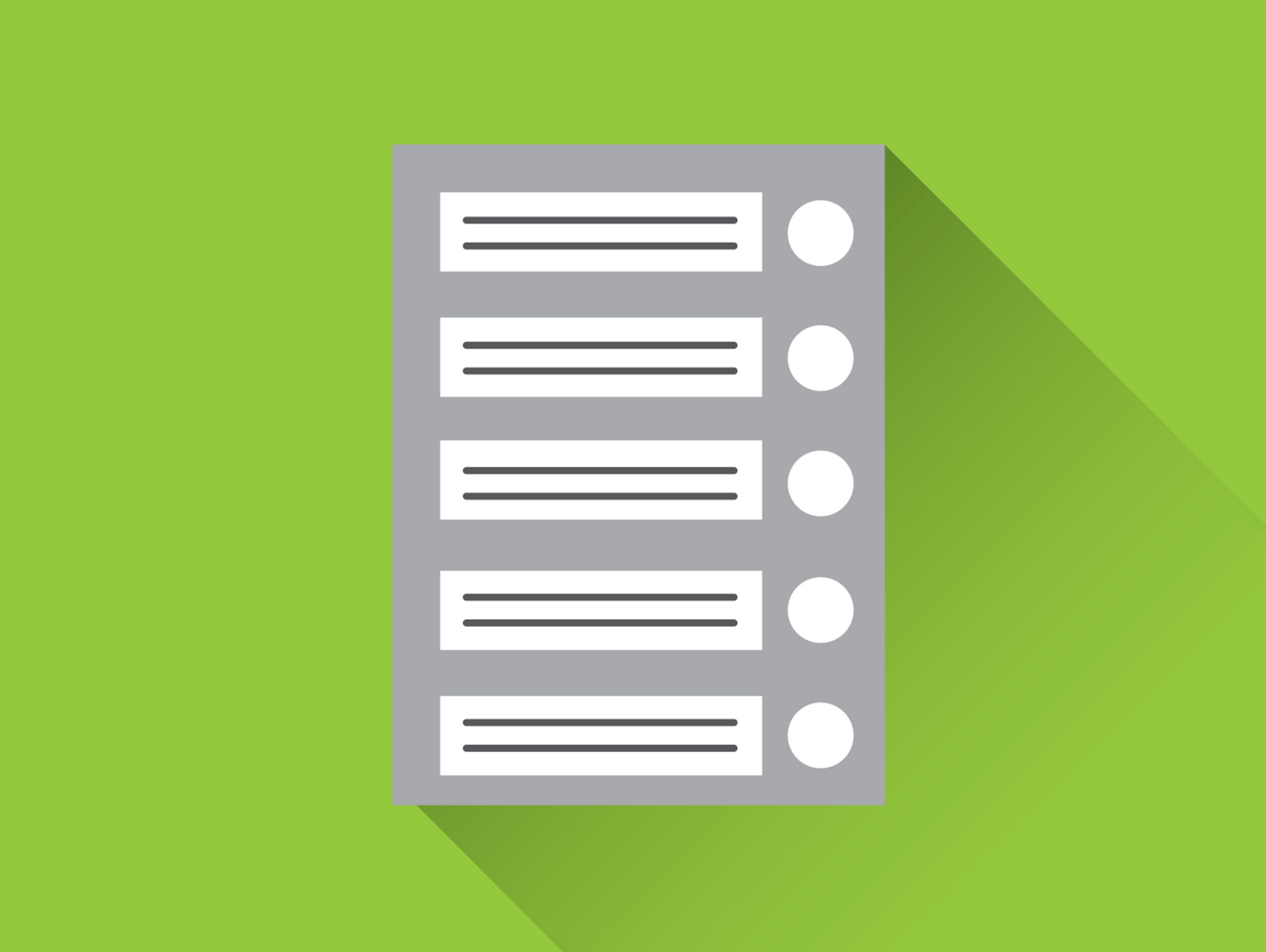
Bigger ballot with candidate names in large print
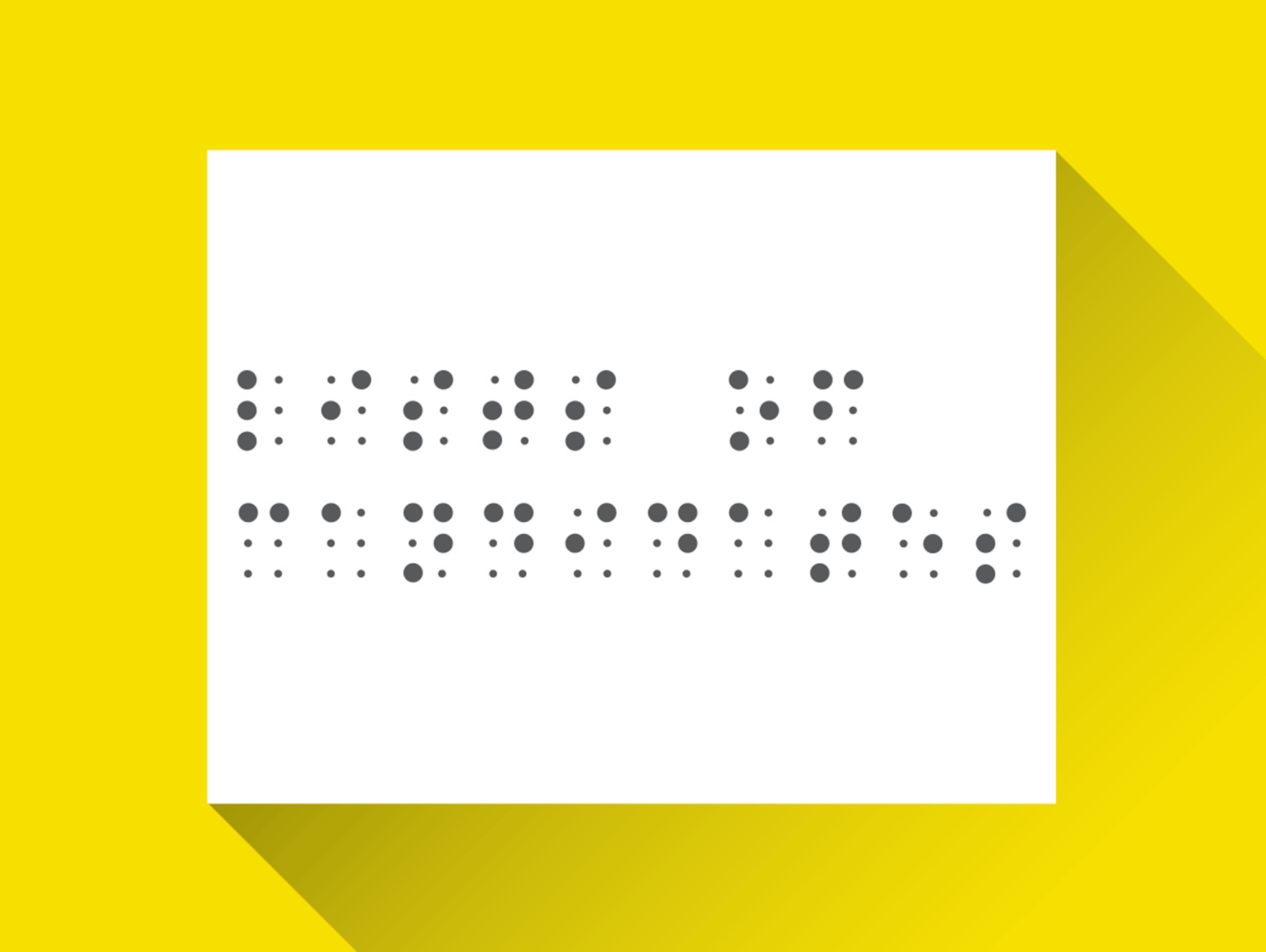
Large-print and braille lists of candidates
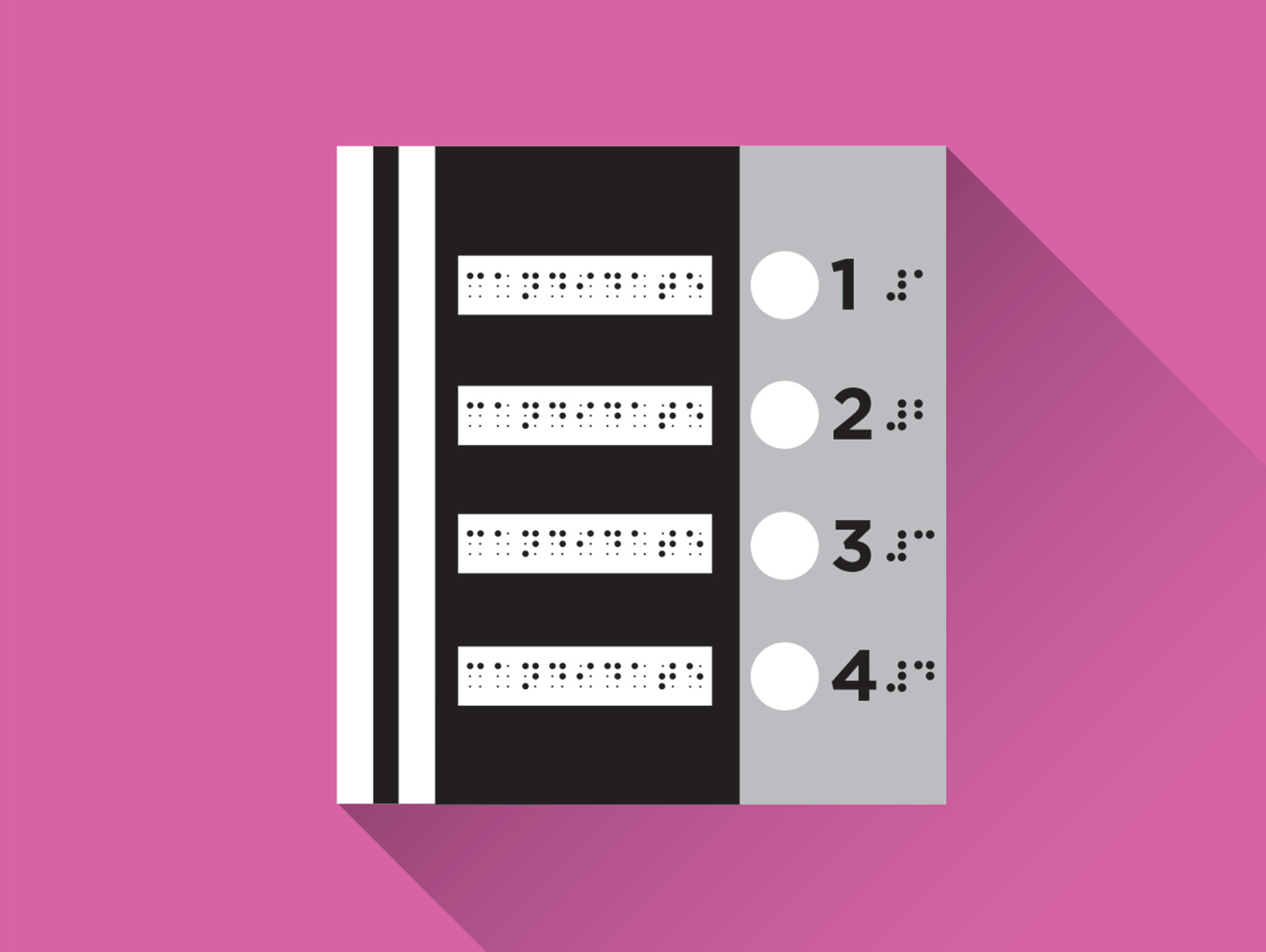
Tactile and braille voting template
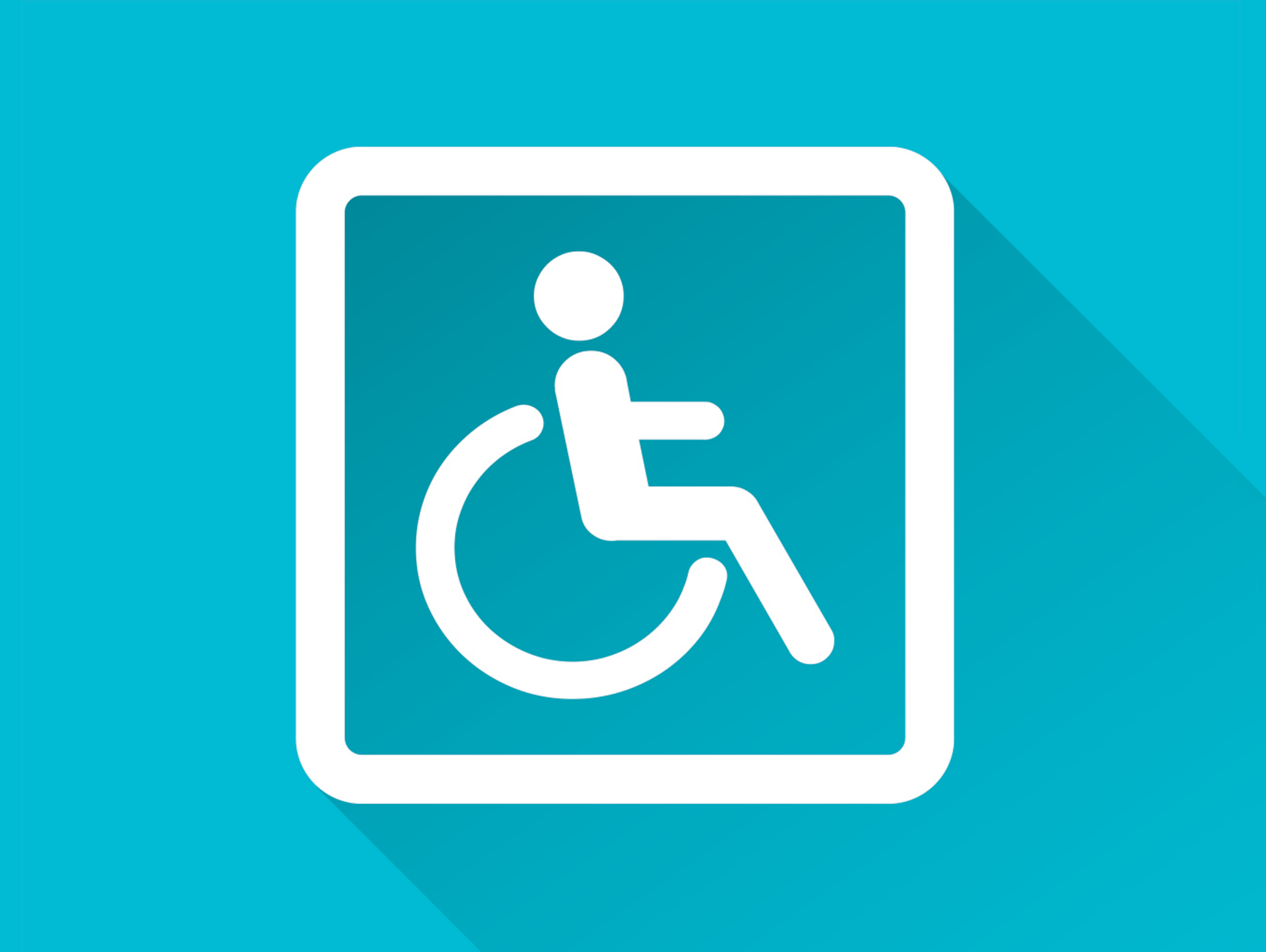
Accessible polling stations. Most polling stations are accessible. Visit elections.ca to see if yours meets your needs before you go to vote
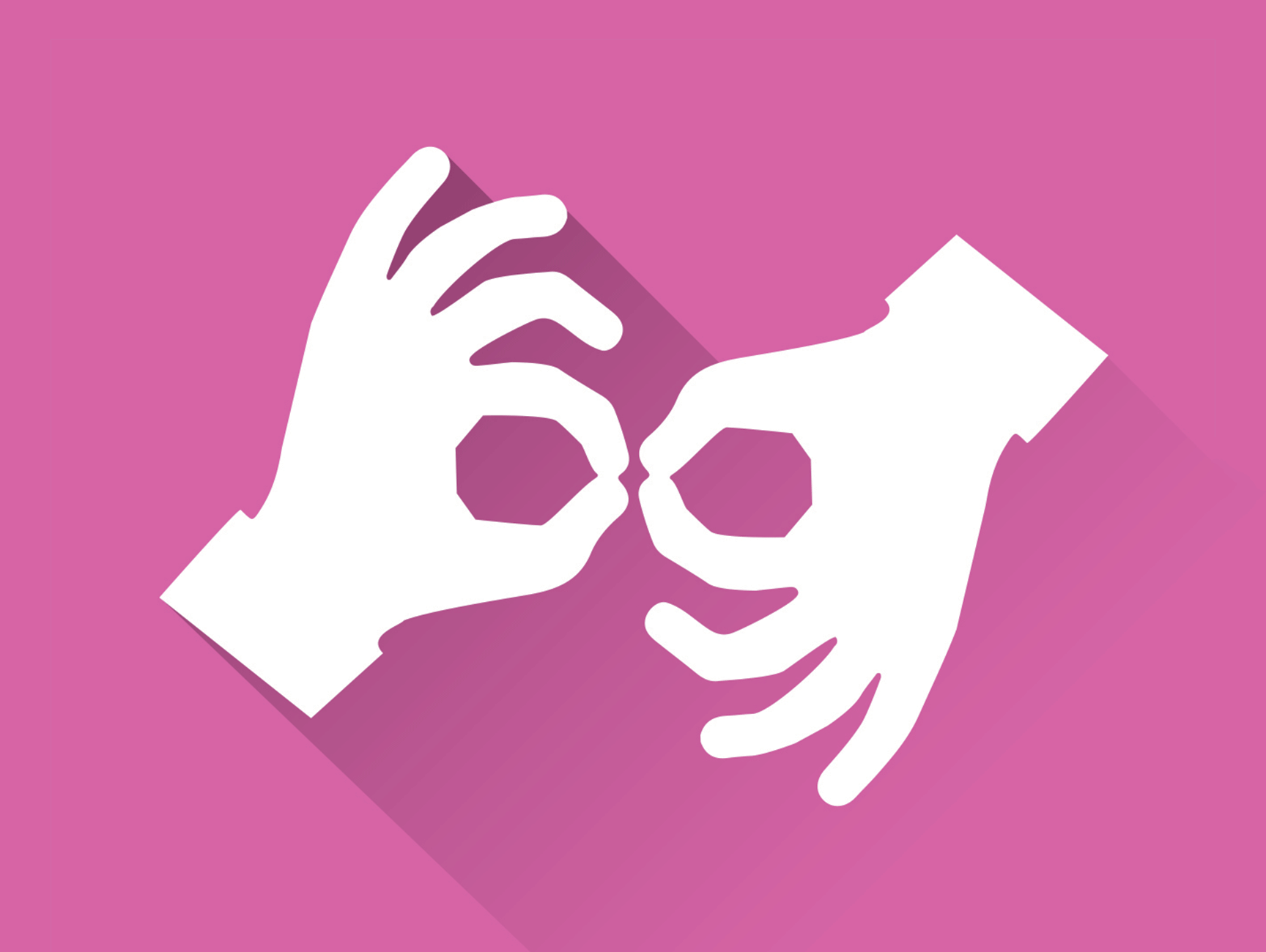
Language and sign language interpretation (and other assistance upon request in advance)
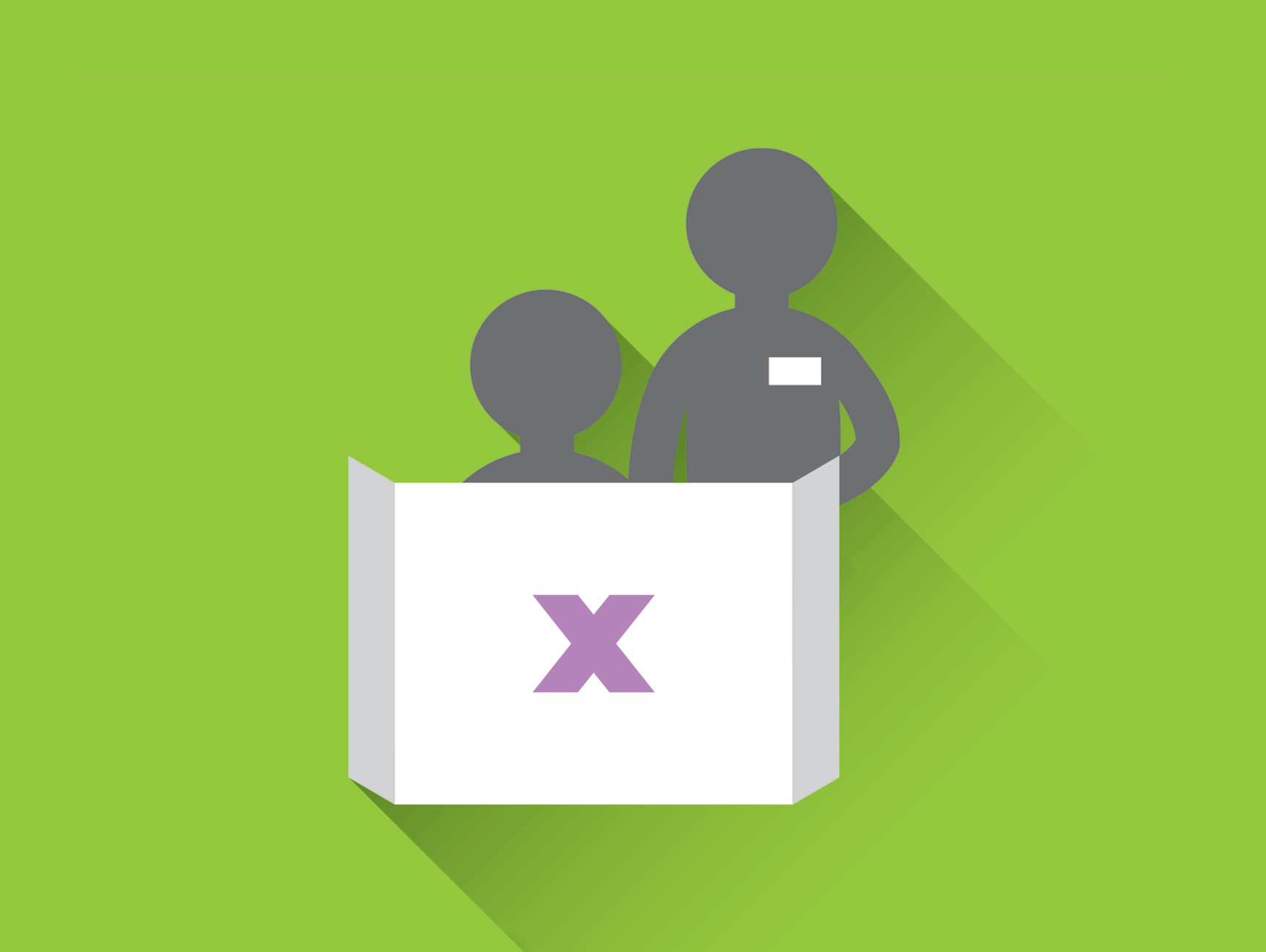
Assistance marking your ballot (bring someone you know or ask an election worker)

Large-grip pencil
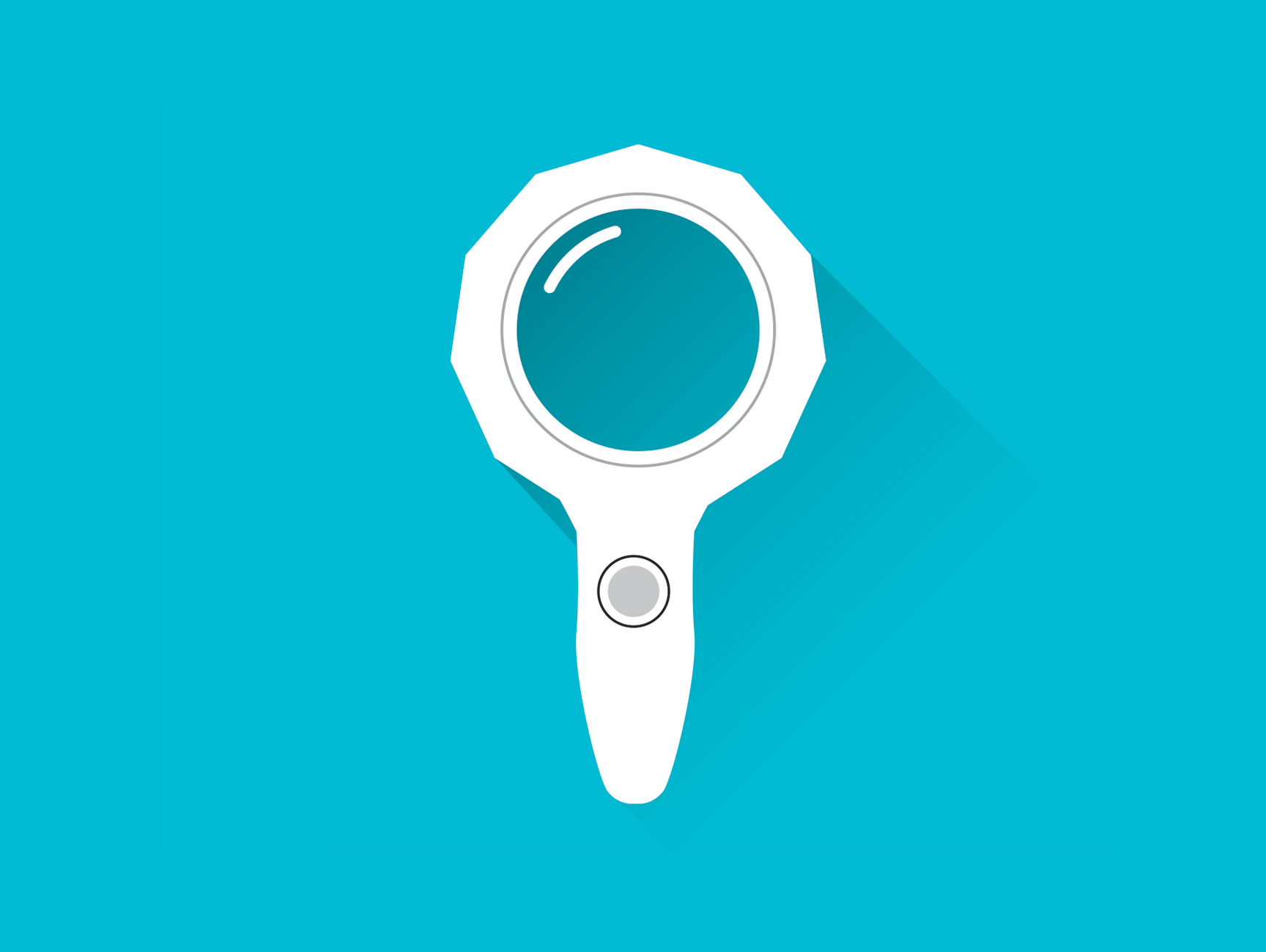
Magnifiers
Most of these tools and services are available for you if you vote on election day, on advance polling days, and at your Elections Canada office. Note that the braille lists of candidates are only available for voting on election day.
Assistance marking your ballot
Election workers can assist you if you need help marking your ballot. In this case, a second election worker will always be present to act as a witness.
If someone helps you mark your ballot:
- The person helping you will ask you which candidate you wish to vote for. They will mark the ballot on your behalf, behind the voting screen.
- The person will ask you if you want to put the ballot in the ballot box
yourself, or if you want them to do it for you.
Language or sign language interpretation:
If you need language or sign language interpretation on election day, you may either bring your own interpreter, or request that Elections Canada provide one. If you would like Elections Canada to provide one, they need to know by 6:00PM on the Tuesday before election day.
Once the election is called, contact Elections Canada to let them know
what type of interpretation service you need. There are a few ways to do
this:
- Fill out the form at elections.ca
- Call at 1-800-463-6868
- TTY at 1-800-361-8935
Accessibility of my polling station or Elections Canada office:
Many people have found it challenging to get into and make their way around the building where their polling station is located. Elections Canada has developed 15 mandatory criteria to make sure regular and advance polling stations are physically suitable for voters. See page 27 of our guide. Most polling stations and Elections Canada offices meet all the criteria.
For doors without automatic openers:
If the exterior door or interior doors of the polling station don’t have automatic door openers, an election officer will provide assistance if needed. Please let this person know how they can help.
If you are unable to vote without difficulty at your polling station because
it won’t have the features you need, you can apply for a transfer certificate.
This will allow you to vote at another polling station in the same riding.
Call your Elections Canada office for more information.
Find the contact information for your Elections Canada office:
Voter Information Service, or call 1-800-463-6868 / TTY 1-800-361-
8935.
Bringing my own supports for voting
Bring your own device:
You can also bring your own assistive device, such as your own pencil to mark the ballot, or a personal mobile device, such as a smart phone, to read the ballot behind the voting screen.
Bring your service animal:
You may bring your service animal to assist you when you vote. In some rare cases, local laws may regulate the presence of service animals in public spaces. If you believe your service animal may not be permitted in your polling station, contact your Elections Canada local office to explore solutions.
Bring a support person for help marking your ballot:
If you need help to mark your ballot, you can bring a support person (such as a family member, friend, or personal support worker) to help you vote. To protect the secrecy of your vote, this person will be asked to make a declaration before you vote.
If this person is your relative, spouse or common-law partner, or a relative
of your spouse or common-law partner:
- They don’t have to be a Canadian citizen 18 years old or older. They do not have to be eligible to vote.
- They can help more than one family member to vote. (They can also
help one non-family member)
If this person is a friend or other person you trust like a support worker or sign-language interpreter:
- They don’t have to be a Canadian citizen 18 years old or older. They do not have to be eligible to vote.
- They will have to make a declaration to make sure they respect the
secrecy of your vote.
- This friend or other supporter can only help one person to vote.
If you are bringing your own interpreter, this person will need to make a declaration to make sure they respect the secrecy of your vote.
Elections Canada’s standards to make polling stations accessible
Building exterior
- The surface of the pathway to the exterior entrance is firm and obstacle-free.
- The pathway is at least 920 mm (36 inches) wide.
- The building provides a level access to the entrance.
- There is exterior building lighting.
- The exterior of the building is free of any protruding objects.
Building entrance
- The exterior door has a clear opening width of 810 mm (32 inches).
- The door threshold meets a maximum standard of 6 mm (1/4 inch).
- The weight of the entrance door allows it to be easily opened.
Building interior
- The interior door(s) have a clear opening width of 810 mm (32 inches).
- The weight of the interior doors allows them to be easily opened.
- The interior door threshold meets a maximum standard of 6 mm (1/4 inch).
- Corridors have a maximum width of 920 mm (36 inches).
- The interior of the building is free of any protruding objects.
- The voting room is on the same level as the entrance.
- The interior lighting works.
Additional resources
Check these links for online information about accessibility and elections
How do I contact Elections Canada?
Contact by telephone–Monday to Friday, from 9:00 a.m. to 5:00 p.m. (Eastern Time)
- 1-800-463-6868 (toll-free in Canada and the United States)
- 001-800-514-6868 (toll-free in Mexico)
- 613-993-2975 (from anywhere in the world)
Contact by TTY–Monday to Friday, from 9:00 a.m. to 5:00 p.m. (Eastern Time)
- 1-800-361-8935 (toll-free in Canada and the United States)
Contact by Video Relay Services for users of SRV Canada VRS
Contact by fax
- 613-954-8584
- 1-888-524-1444 (toll-free in Canada and the United States)
Contact by e-mail info@elections.ca
Speak with an election worker when you go to vote.
Thank you for your feedback.
Did you find this information useful?
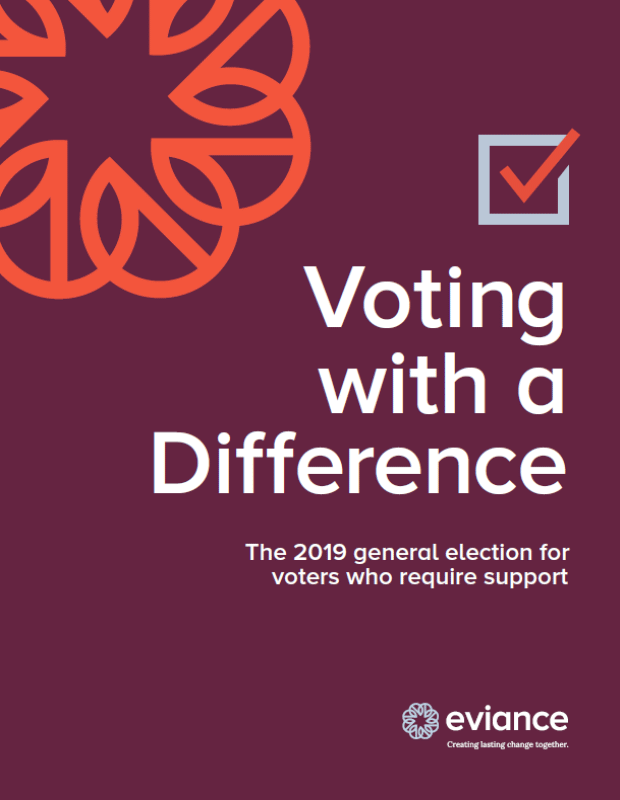
Download Voting with a Difference, our free, straightforward guide to voting in the 2019 federal election.
This will be useful to you if:
- • You need an accessible polling station or other support to vote
- • Even an accessible polling station won’t be the right option for you
- • You won’t be able to get to a polling station
- • You provide support to someone who has faced barriers to voting in the past or who will need some support so they can vote in the upcoming federal election.


